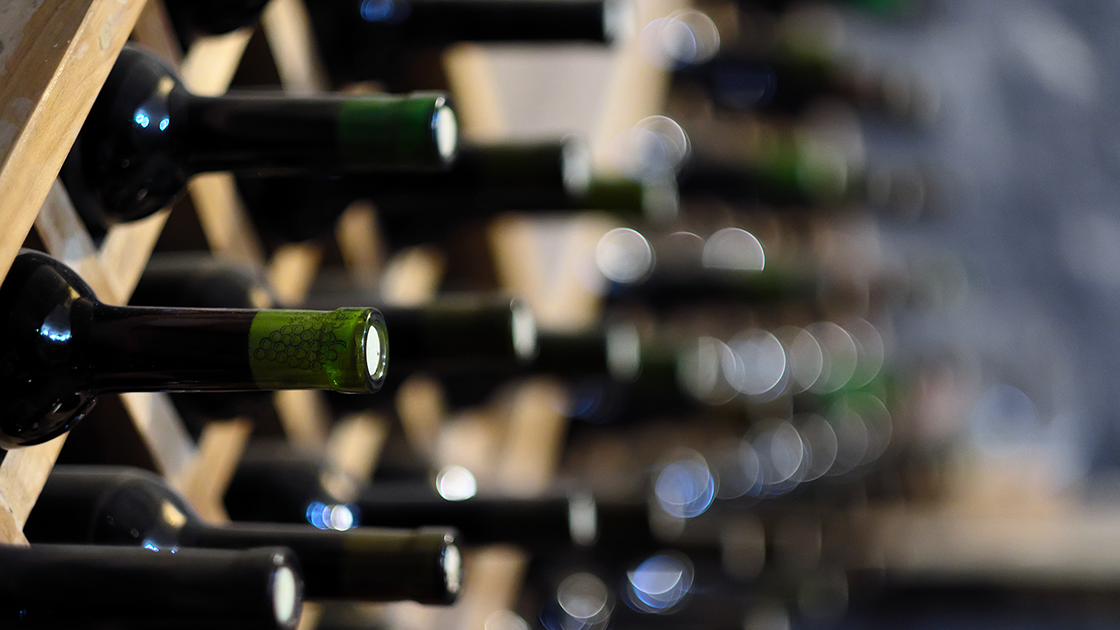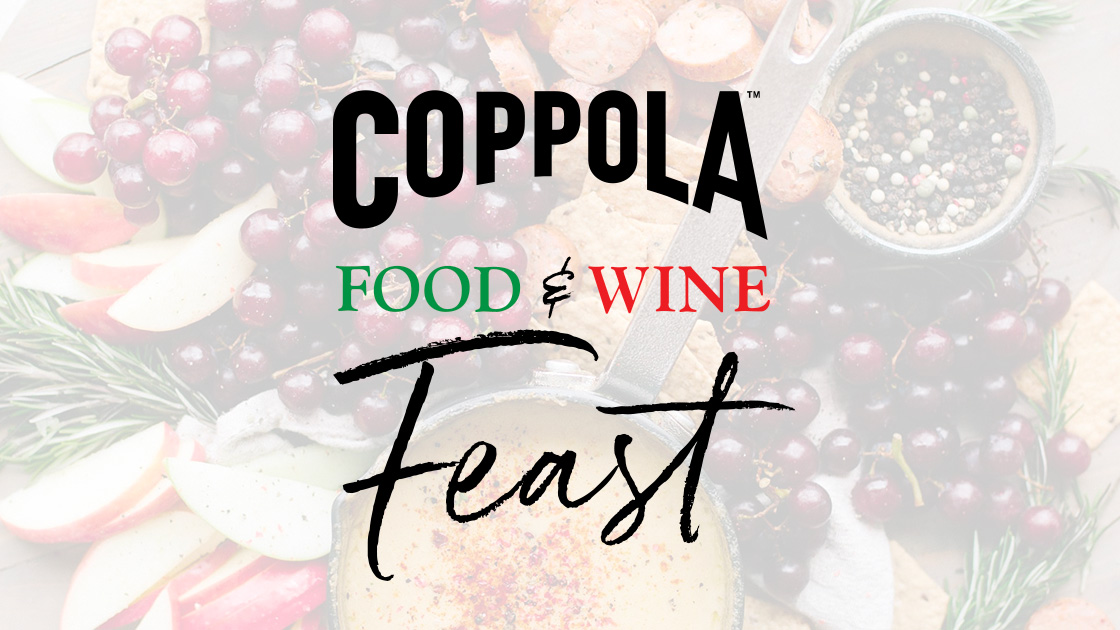Wine Dictionary
wine 101

Have you ever heard a Sommelier or winemaker describe a wine and think “what does that word mean?” You’re not alone! We’ve assembled a list of some of the most common words you may hear in reference to wine.
A
Acidity
The tart taste in wine. Acid naturally occurs in wine grapes and is an element in a wine’s longevity.
Aging
The amount of time a bottle of wine can be stored under specific conditions to improve the wine prior to consumption.
Aroma
The smell of the wine that comes directly from the grape variety.
AVA
“American Viticultural Area”; An American wine growing region.
B
Balance
The level of harmony between acidity, tannins, fruit, oak and other elements in a wine.
Barrel Fermented
A process used during white winemaking. Speaks directly to aging wine in oak barrels vs. stainless steel tanks.
Blanc de Blancs
The name for sparkling wine made of white grapes, typically Chardonnay grapes
Blanc de Noir
The name for sparkling wine made of “black” grapes - Pinot Noir or Pinot Meunier or a combination of both.
Blend
The combining of two or more grape varietals after a separate fermentation.
Body
A tasting term that refers to the weight of wine on one’s palate.
Botrytis Cinerea
Also known as ‘noble rot’; a beneficial mold that results in sweet, unctuous wines.
Breathe
The process of letting a wine open-up through the introduction of air.
Brix
A scale to measure the level of sugar in ripening grapes.
C
Cane
The shoot of a vine that is mature (brown vs. green).
Cap
Grape solids such as pits, skins and stems that rise to the top of the tank during fermentation. The cap also gives red wines color, tannins and weight.
Chaptalization
The process of adding sugar to fermenting grapes to increase alcohol content.
Color
A key determinant of a wine’s age and quality. White wines grow darker in color as they age while red wines turn brownish-orange.
Corked
A term used to describe wines that have an off-smell or off-taste.
Cru
A French term for ranking a wine’s inherent quality.
D
Decant
Pouring wine from a bottle into another holding vessel. This process is generally used to aerate a young wine or separate sediment from an older wine.
Disgorge
The process in which final sediments are removed from traditionally-made sparkling wines prior to the adding of the dosage.
Dosage
A sweetened spirit added at the very end to traditionally made sparkling wines. It determines the level of sweetness.
Dry
The absence of sugar in wine, a wine that does not taste sweet.
E
Earthy
Describes aromas and flavors in wine that have a soil or mushroom smell.
Enology
The science of wine production.
F
Fermentation
The process that transforms sugar into alcohol; how grape juice interacts with yeast to become wine.
Filtrate
The process of clarifying wine before bottling.
Fining
Part of the clarification process where elements are added to the wine to capture any solids prior to filtration.
Fortified Wine
A wine that has brandy introduced during fermentation. This typically raises the alcohol. Examples of fortified wines are port, madeira or sweet sherries.
G
Grand Cru
A French term for wines from the most superb vineyards.
Green
A term used to describe under-ripe vegetal characters in wine.
H
Herbaceous
An aroma similar to greens, often an indication of under-ripe grapes or grapes grown in a cool climate.
Hybrid
The genetic crossing of two or more grape types.
I
J
Jeroboam
An oversized bottle equal to six regular bottles of wine; 3L’s of wine.
K
L
Labrusca
Grape types native to North America.
Late Harvest
A dessert or sweet wine made from grapes left on the vines for an extra-long period. Often these grapes have botrytis.
Lees
A combination of spent yeast cells and grape solids left in the barrel by fermenting wines.
Legs
A term that describes how wine sticks to the inside of a glass after swirling or drinking.
M
Maceration
The process of soaking grape skins and other solids in their juice to impart color, tannins and aromas.
Magnum
A bottle equal to two regular bottles of wine; 1.5L’s of wine.
Malolactic Fermentation
A secondary fermentation, often occurring in barrels, where malic acid is converted into creamier lactic acid. Common in creamy Chardonnays.
Must
Crushed grapes.
N
Nose
The sum of the wines aroma and bouquet.
O
Oaky
The woody aromas and flavors often found in wine. Butter, toast and toffee are all oaky notes.
Oxidized
A wine that has been exposed to air and is no longer fresh.
P
pH
An indication of a wine’s acidity expressed by how much hydrogen is in it.
Phylloxera
An aphid that has afflicted and destroyed vineyards in Europe and California.
Premier Cru
French for first growth, a high-quality vineyard but not as good as Grand Cru.
Press
The process that extracts grape juice prior to fermentation.
Prohibition
The prevention via law of the sale and manufacturing of alcohol. Occurred in the US between 1920 and 1933.
Pruning
Occurs annually, trimming vines back from the previous harvest.
Q
R
Racking
The process of moving wine from barrel to barrel, while leaving sediment behind.
Reserve
An American wine term indicating a wine of higher quality – it has no legal meaning.
Residual Sugar
A term that refers to unfermented sugar in a bottled wine.
Riddling
The process of rotating sparkling wine bottles to shift sediment toward the cork.
S
Silky
A term that describes a wine with a smooth mouthfeel.
Sommelier
A wine steward.
Spicy
A term used to describe certain aromas and flavors that are reminiscent of spices; ie. pepper, cinnamon.
Stemmy
A description for wines that have harsh green characteristics.
Supple
A descriptor for wines that are smooth and balanced.
T
Table Wine
A term used for wines that are between 10 and 14 percent alcohol.
Tannins
Compounds that exist in most plants; in grapes, tannins are found in the pits and skins and provide structure to a wine.
Terroir
A French term for the combination of soil, climate, and other factors that influence the ultimate character of the wine.
V
Varietal
The type of wine grape.
Vintage
The year of a specific harvest
Viticulture
The science and business of growing wine grapes.
Y
Yeast
Organisms that trigger the fermentation process.
Yield
The amount of grapes harvested in a particular year.


